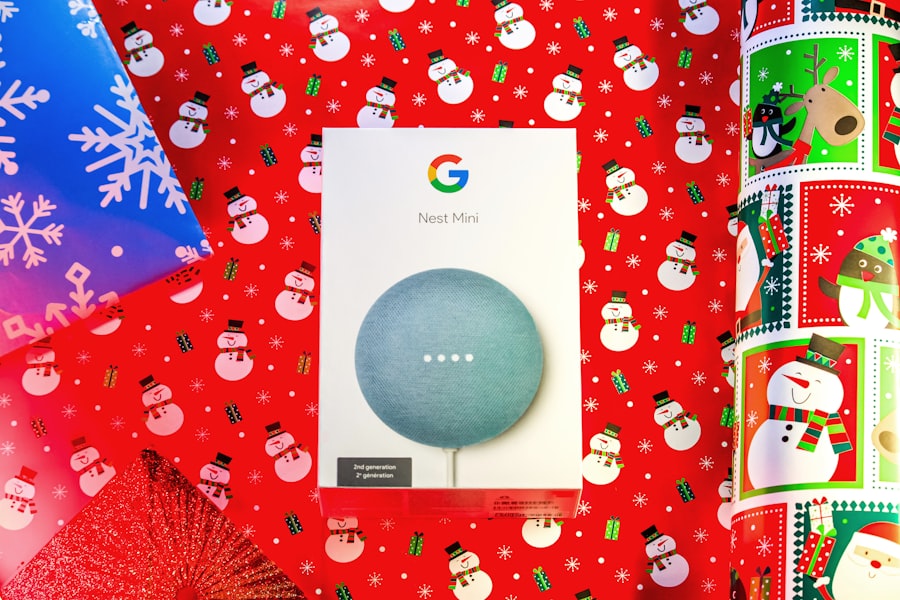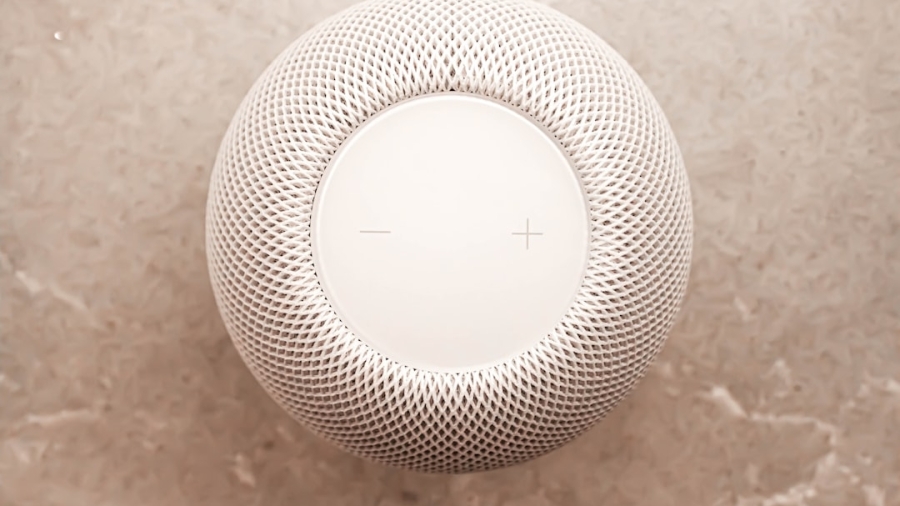Voice assistants have emerged as a transformative force in the realm of technology, reshaping how individuals interact with their devices and the digital world at large. These intelligent systems, powered by artificial intelligence and natural language processing, allow users to engage in conversational exchanges with their devices, facilitating a seamless blend of human and machine interaction. From the early days of rudimentary speech recognition software to the sophisticated virtual companions we have today, voice assistants have evolved significantly, becoming integral to our daily lives.
They serve as personal aides, capable of managing schedules, providing information, and even controlling smart home devices, all through simple voice commands. This evolution reflects not only advancements in technology but also a growing societal acceptance of voice-activated interfaces as a natural extension of human communication. The rise of voice assistants can be attributed to several factors, including the proliferation of smartphones, the increasing ubiquity of smart home devices, and a cultural shift towards convenience and efficiency.
As consumers seek more intuitive ways to interact with technology, voice assistants have stepped into the spotlight, offering a hands-free alternative that aligns with modern lifestyles. Major tech companies like Amazon, Google, and Apple have invested heavily in developing their own voice assistant technologies—Alexa, Google Assistant, and Siri, respectively—each vying for dominance in this burgeoning market. The result is a diverse ecosystem of voice-enabled devices that cater to various needs and preferences, making it easier than ever for users to access information and control their environments with mere spoken words.
Key Takeaways
- Voice assistants are AI-powered technologies that can understand and respond to human voice commands.
- Voice assistants like Amazon Alexa and Google Assistant are widely used in homes and offices for tasks like setting reminders, playing music, and controlling smart home devices.
- Advancements in voice assistant technology include improved natural language processing, better understanding of context, and enhanced voice recognition capabilities.
- Voice assistants are increasingly being integrated with smart home devices such as thermostats, lights, and security systems for seamless control and automation.
- In the workplace, voice assistants are being used for tasks like scheduling meetings, managing calendars, and accessing information, improving productivity and efficiency.
Current State of Voice Assistants in Homes and Offices
Convenience and Adoption Rates
The convenience offered by voice assistants has led to a significant increase in their adoption rates. According to recent studies, millions of households now incorporate voice-activated technology into their daily routines. This integration not only enhances the user experience but also fosters a sense of connectivity among family members as they engage with technology in a more interactive manner.
Revolutionizing the Workplace
In the workplace, voice assistants are revolutionizing how tasks are performed and how teams communicate. They facilitate scheduling meetings, sending emails, and retrieving information quickly, allowing employees to focus on more strategic aspects of their roles. The ability to dictate notes or commands without needing to type has proven particularly beneficial in fast-paced environments where time is of the essence.
Enhancing Productivity and Collaboration
Moreover, as remote work becomes increasingly prevalent, voice assistants provide an essential tool for maintaining productivity and organization from home offices. The current state of voice assistants reflects a growing recognition of their potential to streamline operations and enhance collaboration across various sectors, making them indispensable tools for both personal and professional use.
Advancements in Voice Assistant Technology

The technological advancements driving the evolution of voice assistants are nothing short of remarkable. Over the past few years, significant strides have been made in natural language processing (NLP) and machine learning algorithms, enabling these systems to understand context and nuance in human speech more effectively than ever before. This has led to improvements in accuracy and responsiveness, allowing voice assistants to interpret complex queries and provide relevant answers with greater precision.
Furthermore, advancements in speech synthesis technology have enhanced the naturalness of voice outputs, making interactions feel more human-like and engaging. As a result, users are increasingly comfortable relying on these digital companions for a wide range of tasks. Another notable advancement is the integration of voice assistants with artificial intelligence (AI) capabilities that allow them to learn from user interactions over time.
This personalized approach means that voice assistants can adapt to individual preferences and habits, offering tailored recommendations and responses that enhance user satisfaction. For instance, if a user frequently asks about traffic conditions during their morning commute, the assistant may proactively provide updates without being prompted. Additionally, the development of multi-modal interfaces—where voice assistants can work alongside visual displays—has further enriched user experiences by providing contextual information that complements spoken commands.
These advancements not only improve functionality but also pave the way for more sophisticated applications across various industries.
Integration of Voice Assistants with Smart Home Devices
The integration of voice assistants with smart home devices has created a cohesive ecosystem that enhances convenience and control within residential spaces. Homeowners can now manage everything from lighting and temperature to security systems through simple voice commands. This interconnectedness allows for seamless automation; for example, users can set up routines that trigger multiple devices simultaneously—such as dimming lights and playing music when they say “movie time.” Such capabilities not only simplify daily tasks but also contribute to energy efficiency by enabling users to monitor and adjust their home environments effortlessly.
Moreover, the compatibility of various smart home devices with leading voice assistant platforms has fostered an environment where users can customize their experiences according to their specific needs. From smart thermostats that learn user preferences to security cameras that can be monitored via voice commands, the possibilities are virtually limitless. This integration has also encouraged manufacturers to develop innovative products that cater specifically to voice assistant functionality, further expanding the market for smart home technology.
As consumers increasingly prioritize convenience and connectivity in their living spaces, the synergy between voice assistants and smart home devices is likely to continue evolving, shaping the future of home automation.
Voice Assistants in the Workplace
In professional settings, voice assistants are proving to be invaluable tools that enhance productivity and streamline workflows. Their ability to perform tasks such as scheduling meetings, setting reminders, and managing emails allows employees to focus on higher-level responsibilities rather than getting bogged down by administrative duties. For instance, a simple command like “Schedule a meeting with the marketing team for Thursday at 2 PM” can save precious time that would otherwise be spent navigating calendars or sending emails back and forth.
This efficiency is particularly beneficial in fast-paced environments where time management is crucial for success. Furthermore, voice assistants facilitate improved communication within teams by enabling hands-free collaboration during meetings or brainstorming sessions. Participants can dictate notes or action items without interrupting the flow of conversation, ensuring that important points are captured accurately.
Additionally, as remote work becomes more prevalent, voice assistants help bridge the gap between team members who may be working from different locations. By providing quick access to information and facilitating seamless communication channels, these digital aides contribute significantly to maintaining productivity and cohesion within teams.
Privacy and Security Concerns with Voice Assistants

Concerns Over Data Collection and Privacy
The increasing popularity of voice assistants has also led to significant concerns about user privacy and security. One of the primary issues is the collection of data, as many voice assistants continuously listen for activation phrases, raising questions about what happens to the captured audio data. Users may be unaware that their conversations could be recorded or analyzed by third-party companies for marketing purposes or product improvement.
Vulnerabilities in Smart Home Devices
The lack of transparency surrounding data collection can lead to feelings of unease regarding personal privacy and data security. Furthermore, incidents involving unauthorized access or hacking of smart devices have highlighted vulnerabilities within the ecosystem of connected technologies. As more households adopt smart home devices integrated with voice assistants, the potential for cyber threats increases correspondingly.
Protecting Personal Information
Users must navigate a complex landscape of security measures, such as ensuring strong passwords and regularly updating software, to protect their personal information from potential breaches. As awareness grows around these issues, it is essential for users to take proactive steps to safeguard their sensitive data.
A Call to Action for Voice Assistant Developers
As awareness grows around these issues, it is imperative for companies developing voice assistant technologies to prioritize user privacy and implement robust security protocols that safeguard sensitive data. By doing so, they can help alleviate concerns and build trust with their users, ultimately ensuring a safer and more secure experience for everyone.
Predictions for the Future of Voice Assistants
Looking ahead, the future of voice assistants appears poised for continued growth and innovation as technology evolves alongside user expectations. One significant trend is the anticipated expansion of multilingual capabilities within voice assistant systems. As globalization continues to shape our world, users will increasingly seek solutions that accommodate diverse linguistic backgrounds.
Future iterations of voice assistants may not only support multiple languages but also possess enhanced contextual understanding that allows them to switch seamlessly between languages during conversations—a feature that would greatly benefit multicultural households and international businesses alike. Additionally, as artificial intelligence continues to advance, we can expect voice assistants to become even more intuitive and proactive in their interactions with users. Future developments may enable these digital companions to anticipate user needs based on historical data and contextual cues—offering suggestions before users even articulate their requests.
This level of personalization could transform how we interact with technology on a daily basis, making voice assistants not just reactive tools but proactive partners in our lives. As we move forward into this new era of technological integration, it is clear that voice assistants will play an increasingly central role in shaping our interactions with both our homes and workplaces.
For those interested in the evolving role of technology in our daily lives, particularly in the context of voice assistants, you might find the article on the best tech products of 2023 quite enlightening. This article explores various cutting-edge technologies, including advancements in voice assistant capabilities, which are becoming increasingly integral in both home and office environments. It provides insights into how these technologies are shaping our interactions with digital devices and enhancing productivity and convenience in our personal and professional spaces.
FAQs
What are voice assistants?
Voice assistants are digital assistants that use natural language processing and speech recognition to perform tasks and provide information in response to voice commands. Examples of popular voice assistants include Amazon’s Alexa, Apple’s Siri, Google Assistant, and Microsoft’s Cortana.
How do voice assistants work?
Voice assistants work by using microphones to capture spoken commands, which are then processed using natural language understanding algorithms to interpret the meaning of the words. The assistant then performs the requested task or provides the requested information by accessing relevant data and services.
What are the current uses of voice assistants in homes and offices?
Voice assistants are currently used in homes and offices for a variety of tasks, including setting reminders, playing music, controlling smart home devices, providing weather and news updates, answering questions, making phone calls, sending messages, and scheduling appointments.
What is the future of voice assistants in homes and offices?
The future of voice assistants in homes and offices is expected to involve more seamless integration with smart home devices, improved natural language understanding and response capabilities, expanded functionality for business and productivity tasks, and increased personalization based on user preferences and habits.
What are the potential benefits of voice assistants in homes and offices?
Potential benefits of voice assistants in homes and offices include increased convenience and efficiency in performing tasks, improved accessibility for individuals with disabilities, enhanced productivity through hands-free operation, and the ability to control and automate various devices and systems.

